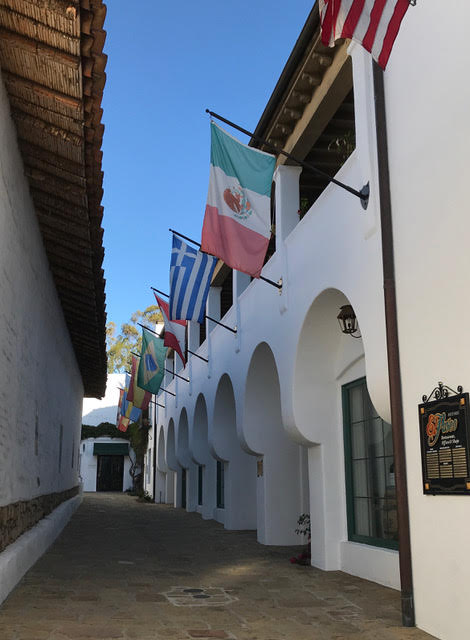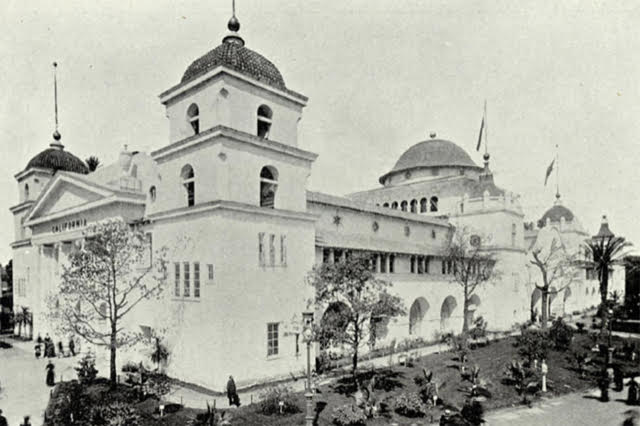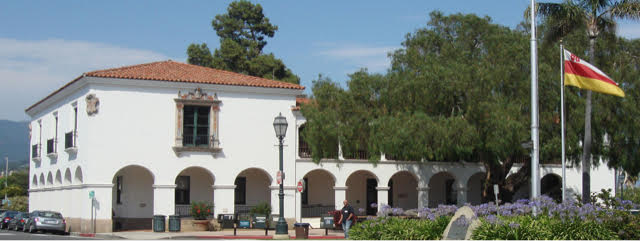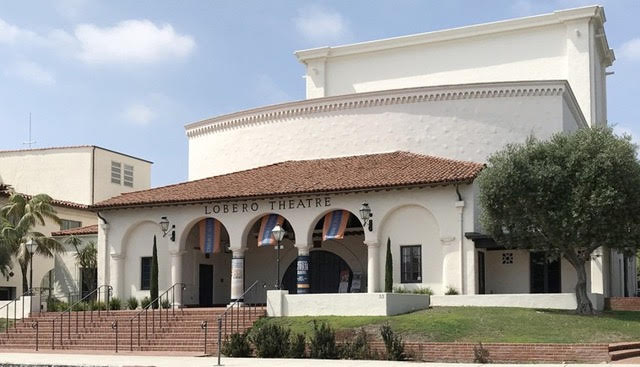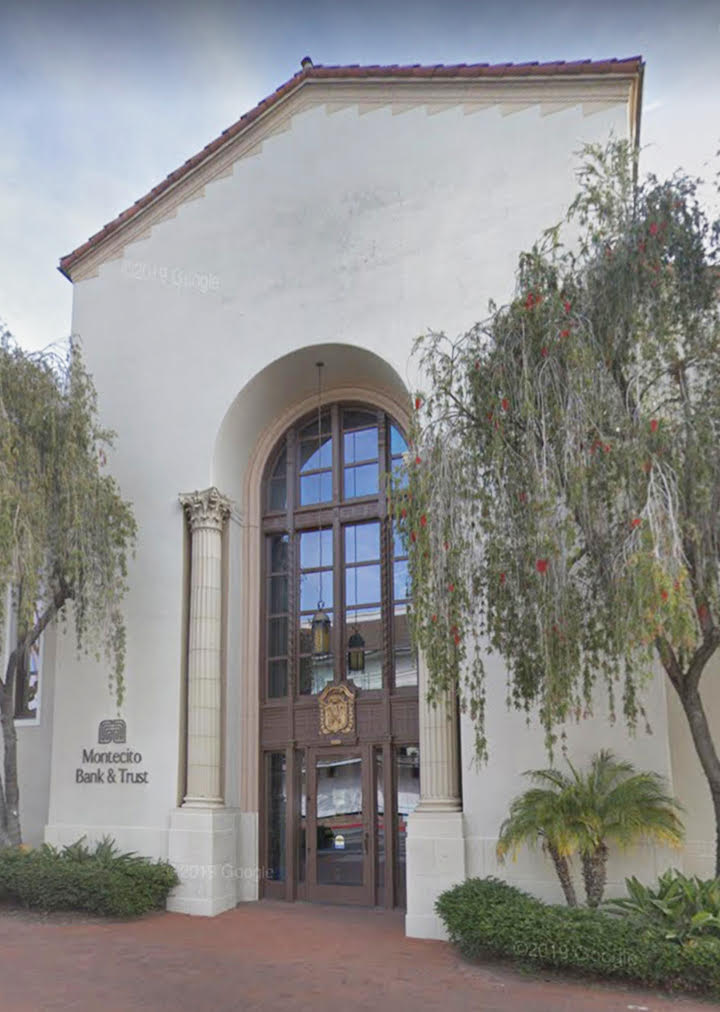Santa Barbara’s Iconic Architecture
Who Should Get the Credit?
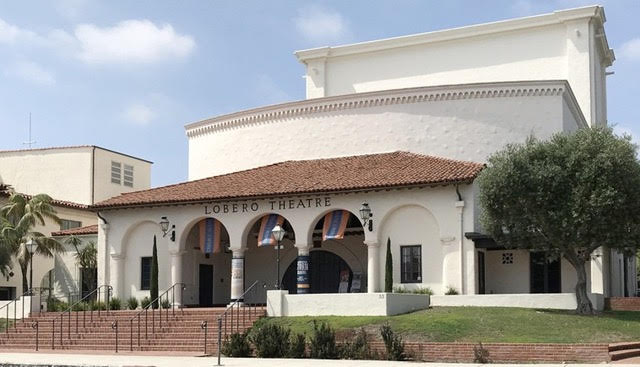
Charles Donelan’s cover story about the renovation and reopening of the Santa Barbara Museum of Art was well done. However, his history of the development of Santa Barbara’s Spanish Colonial Revival architectural style does not give credit where credit is due:
“In the decades following the 1925 earthquake, Santa Barbara got a makeover that has had a determining impact on the direction of the city ever since. Inspired by the great architectural achievements of Bertram Goodhue, George Washington Smith, Lutah Maria Riggs, and others and driven by the charismatic leadership of Pearl Chase, the city adopted its distinctive Spanish Colonial style and created the civic bureaucracy necessary to enforce it.”
It was Bernhard and Irene Hoffmann, completely omitted from the above, who were the ones who started and pushed for a unified Spanish Colonial Revival architectural style here, beginning soon after they arrived in Santa Barbara in 1919.
Even before the Hoffmanns, however, in places where the Spanish had settled, starting at the end of the 19th century, buildings were constructed in Mission and Spanish Colonial Revival styles. The California exhibition hall in the Columbian Exhibition of 1893 in Chicago was one such structure. In Santa Barbara the train station in Mission Revival style was built in 1905, the Riviera Campus in 1913, the Santa Barbara Public Library in 1917, and what is now Bank of Montecito at State and Carrillo in 1919.
That same year, Bernhard and Irene Hoffmann arrived in Santa Barbara with their diabetic daughter, who was to be treated by a noted diabetes specialist who had relocated his diabetes research clinic from New York to Santa Barbara.
The Hoffmanns quickly became engaged in the community. He arranged to restore Casa de la Guerra and had El Paseo built around it in 1921. He had the Lugo adobe restored and the Meridian Studios built in front of it in 1923.
Hoffmann wrote, “Perhaps it was because we were newcomers — in reality this is Mrs. Hoffmann’s dream — that we saw the possibilities of restoring some of the old-time beauty and picturesqueness, and preserving what we already have.”
In 1920 Pearl Chase established the Santa Barbara Community Arts Association to encourage music, arts, and drama. In 1922 a fourth division was added, Plans and Planting, to encourage better architecture and gardens. Hoffmann became its chair. Chase was its secretary. Hoffmann helped guide the design of public buildings including Santa Barbara High School, the Lobero, and City Hall, all pre-dating the earthquake of 1925.
On June 29, 1925, a major earthquake struck Santa Barbara. Eleven days later the City Council passed an ordinance establishing an Architectural Board of Review (ABR), the first in the country. The idea originated with Hoffmann. He served as its chair.
However, eight months after it was created a newly elected city council opposed to architectural regulations directed that the ordinance establishing the Architectural Board of Review be repealed. Miss Chase said, “It broke Mr. Hoffmann’s heart — literally.”
Citing ill health, Hoffmann stepped down from all community responsibilities. In 1929 the Hoffmanns moved back to their home in Massachusetts. But by then Hoffmann’s vision of a new Santa Barbara had a momentum that would not be stopped.
Chase became chair of Plans and Planting where she carried forward Hoffmann’s work and continued for 50 more years to make Santa Barbara a better place through what was described as her irresistible persuasiveness.

